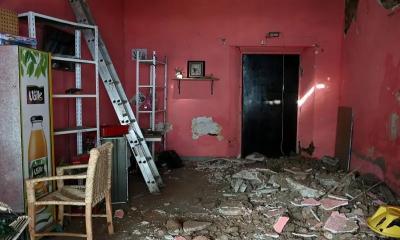Eid-ul-Adha, also known as the Festival of Sacrifice, holds profound significance in the Islamic calendar. It commemorates the willingness of Prophet Ibrahim to sacrifice his son in obedience to God`s command. Muslims worldwide honor this event by performing Qurbani, the ritual sacrifice of an animal such as a goat, sheep, cow, or camel. This act is a manifestation of devotion, obedience, and charity. However, with the joy and blessings of Eid-ul-Adha comes the responsibility of maintaining cleanliness, especially after the Qurbani. Proper hygiene is vital to prevent disease spread and to respect the environment and community.
Preparations Before Qurbani
Choose the Right Location
Selecting an appropriate location for the sacrifice is the first step in ensuring cleanliness. Ideally, this should be a clean, designated area that is easy to sanitize post-Qurbani. If you are performing the sacrifice at home, choose an open, ventilated space like a backyard or garden. Avoid places where food is prepared or consumed to prevent contamination.
Gather Necessary Supplies
Before performing Qurbani, gather all the necessary supplies to facilitate an efficient and hygienic process. These include:
- Cleaning supplies: Disinfectants, antiseptic solutions, garbage bags, and cleaning tools.
- Protective gear: Gloves, aprons, and masks to maintain personal hygiene.
- Containers: Clean containers for storing meat and other parts of the animal.
- Tools: Ensure all cutting tools are clean and sanitized before use.
Inform Neighbors
It is courteous to inform your neighbors about your Qurbani plans, especially if you live in a close-knit community. This allows them to make necessary arrangements and ensures cooperation in maintaining cleanliness. Encourage your neighbors to follow similar cleanliness practices to keep the entire community tidy.
During Qurbani
Maintain Hygiene
Maintaining hygiene during the Qurbani process is crucial. Use clean and sanitized tools for the sacrifice to prevent contamination. All individuals involved should wash their hands thoroughly and frequently with soap and water to maintain personal hygiene. Additionally, wearing protective gear such as gloves and aprons is important to prevent direct contact with blood and other fluids, further ensuring a safe and sanitary process.
Proper Handling of Waste
Proper handling of waste generated during Qurbani is essential to prevent contamination and maintain cleanliness. Here’s how you can manage waste effectively:
- Separate the edible parts from the waste immediately after the sacrifice.
- Use designated bins for different types of waste. Organic waste, such as blood and internal organs, should be disposed of in specific bins and covered properly.
- Avoid throwing waste in open areas or public spaces to prevent attracting pests and causing a nuisance to others.
Immediate Post-Qurbani Clean-up
Waste Disposal
After Qurbani, the immediate disposal of waste is crucial. Pack the waste securely in heavy-duty garbage bags; double-bagging is recommended to prevent leaks and spills. Dispose of the waste at designated locations or waste collection points rather than leaving the garbage bags outside your home or in public areas. This practice helps maintain cleanliness and prevents the spread of disease.
Disinfect the Area
Once the waste has been disposed of, the area where the Qurbani was performed needs to be thoroughly cleaned and disinfected. Use disinfectants to clean the site, paying special attention to areas with blood and other residues. Wash the area with plenty of water to ensure no traces of blood or waste remain. Additionally, disinfect all tools and equipment used during the Qurbani to prevent any bacterial or viral contamination, ensuring a hygienic environment.
Personal Hygiene
After completing the clean-up, it is important to ensure personal hygiene. Thoroughly wash your hands and any exposed skin with soap and water to remove any contaminants. Clean and disinfect any protective gear worn during the process, such as gloves and aprons, to prevent the spread of bacteria. If possible, take a shower to ensure complete cleanliness and to feel refreshed after the task. These steps are essential for maintaining personal health and hygiene.
Ongoing Cleanliness and Maintenance
Regular Garbage Collection
Maintaining cleanliness doesn’t end with the immediate post-Qurbani clean-up; regular garbage collection is essential for ongoing hygiene. Arrange for frequent garbage collection with your local waste management services, especially in the days following Qurbani. Additionally, keep garbage bins covered at all times to avoid attracting pests such as flies and rodents, ensuring a clean and safe environment.
Community Clean-up Drives
A collective effort can significantly enhance the cleanliness of your community. Organize or participate in community clean-up drives:
- Collaborate with neighbors to clean public spaces and common areas.
- Promote awareness about the importance of cleanliness and proper waste disposal practices.
Pest Control
After Qurbani, the presence of organic waste can attract pests, making pest control measures crucial for maintaining a hygienic environment. Regularly check for and eliminate potential insect breeding sites, such as stagnant water and open garbage, to prevent infestations. Additionally, use pest control solutions or hire professional services if necessary to manage and keep pests at bay. These steps are essential to ensure a clean and safe environment for your family and the community.
Eco-Friendly Practices
Composting
An eco-friendly approach to managing organic waste during Eid-ul-Adha is composting. If you have a garden, consider composting the organic waste generated from the sacrifice. Start by separating compostable waste, such as certain parts of the sacrificed animal and plant-based materials, from the non-compostable waste.
Place these materials in a compost bin or pile, and use proper composting methods to break down the waste into nutrient-rich compost. This process not only reduces the amount of waste sent to landfills but also creates valuable compost that can enrich your garden soil, promoting healthy plant growth and sustainability.
Recycling
Recycling non-organic waste is another eco-friendly practice to adopt during Eid-ul-Adha. Start by separating recyclable materials like plastic and metal from the general waste generated during the celebration. Place these items in designated recycling bins instead of throwing them away with regular trash.
Additionally, encourage your community to take part in local recycling programs. By doing so, you can collectively reduce the environmental impact of waste and promote a cleaner, healthier environment. Participating in recycling helps conserve natural resources and fosters a sense of responsibility toward protecting our planet.
Additional Tips for Effective Cleanliness Management
- Use biodegradable garbage bags to minimize environmental impact.
- Keep a first-aid kit handy for accidental cuts or injuries during the Qurbani process.
- Educate family members, especially children, about the importance of cleanliness and hygiene.
- Support local waste management services by paying any applicable fees or taxes, ensuring they can provide efficient services.
- Utilize online platforms and social media to spread awareness about proper cleanliness practices during Eid-ul-Adha.
Conclusion
Ensuring cleanliness during and after Qurbani is not just a matter of personal hygiene but a community responsibility during the holy Eid-ul-Adha festival. By following the steps outlined in this article, you can ensure a clean and hygienic environment, respecting both religious practices and community well-being. Encourage others to adopt these practices and, together, contribute to a cleaner, healthier community.


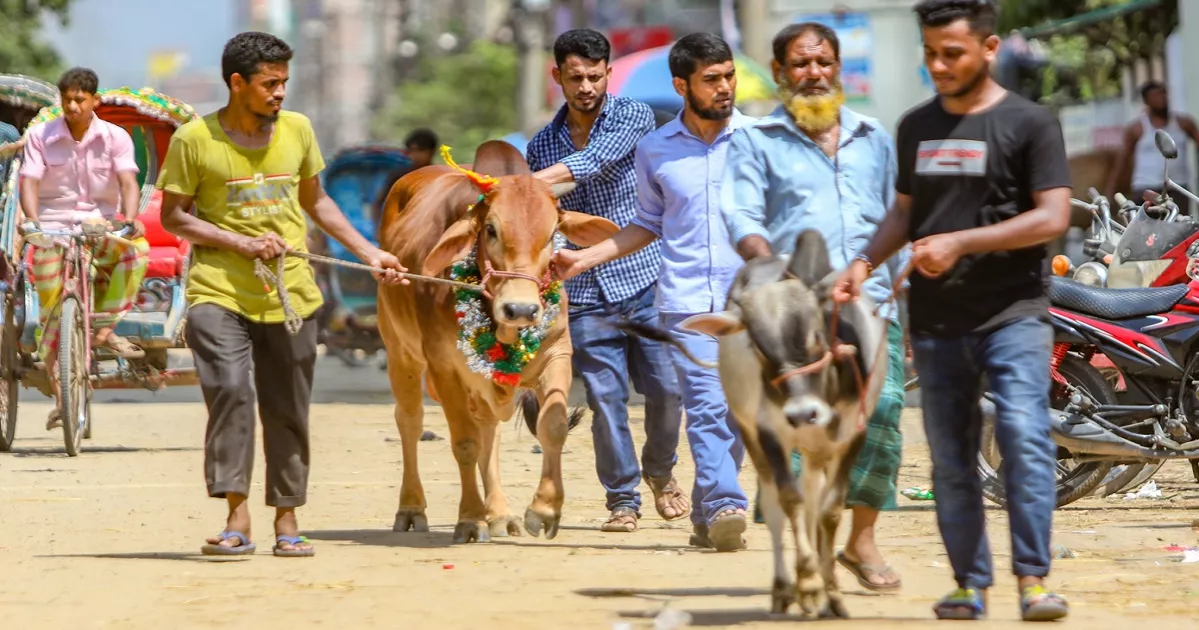

-20260108103159.webp)



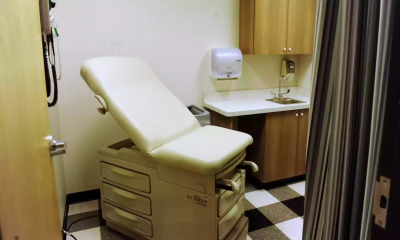

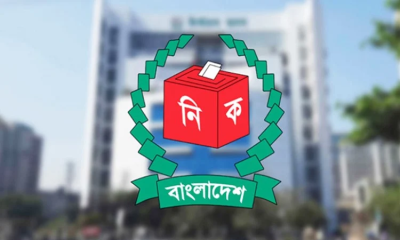
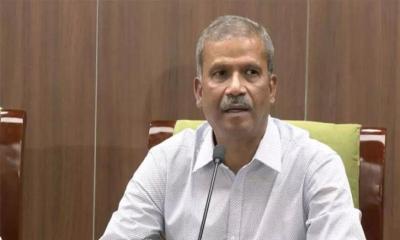



-20260108082414.webp)

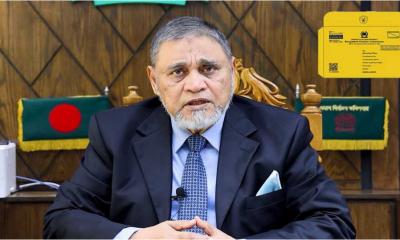
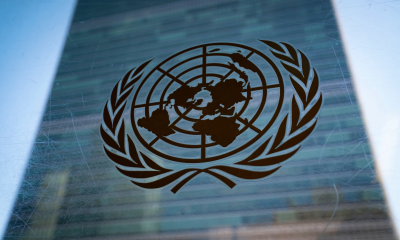
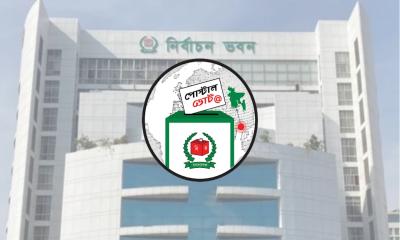




-(2)-20260102070806.jpeg)

-(25)-20251122062715-20260105041159.jpeg)
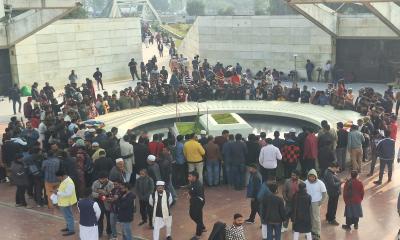
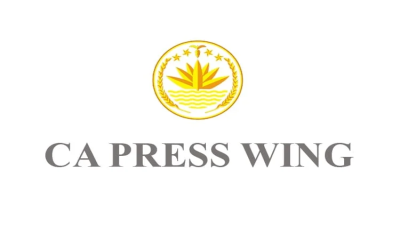

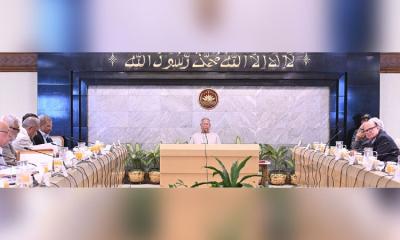
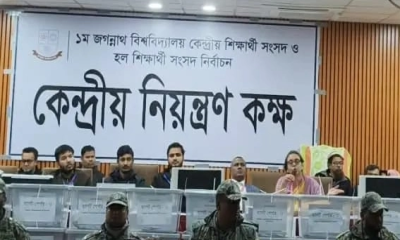
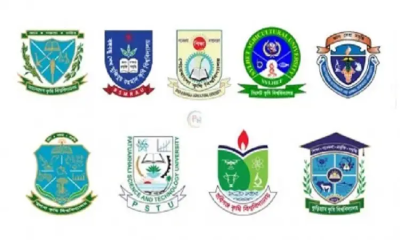
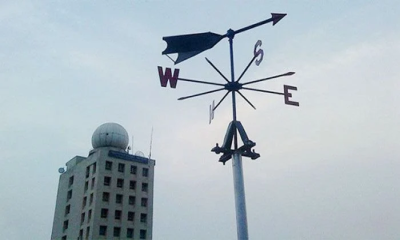

-20260103102222.webp)

